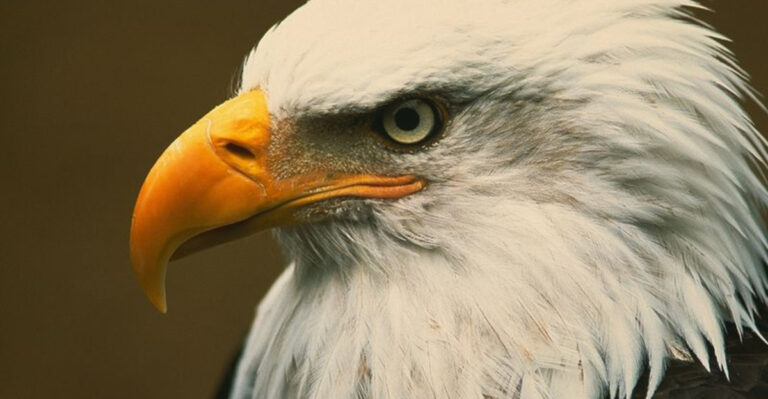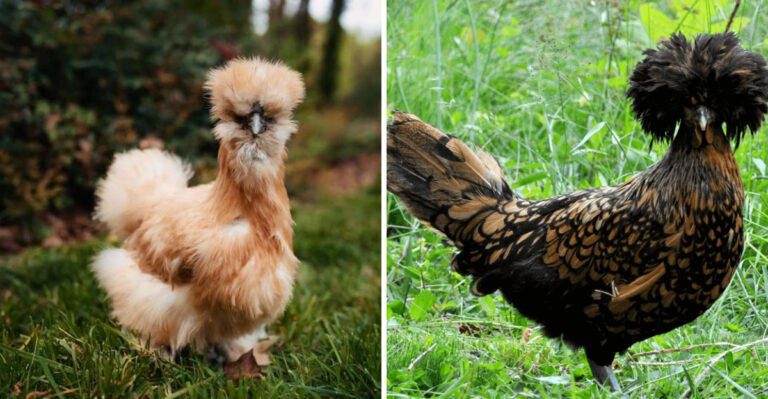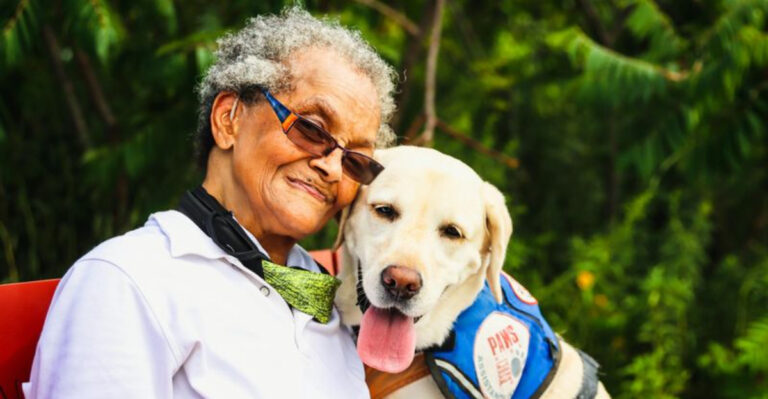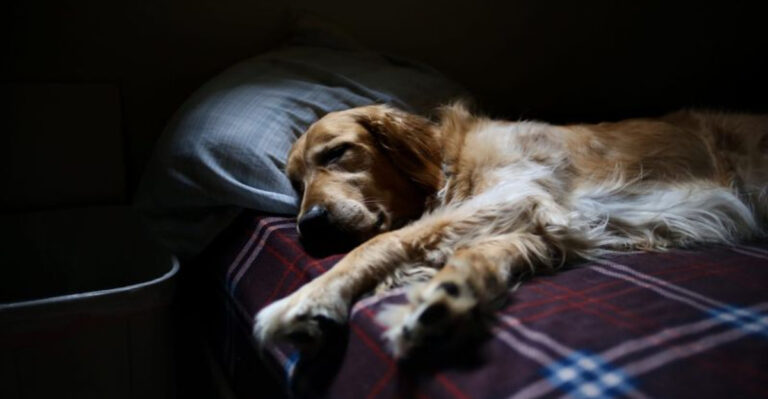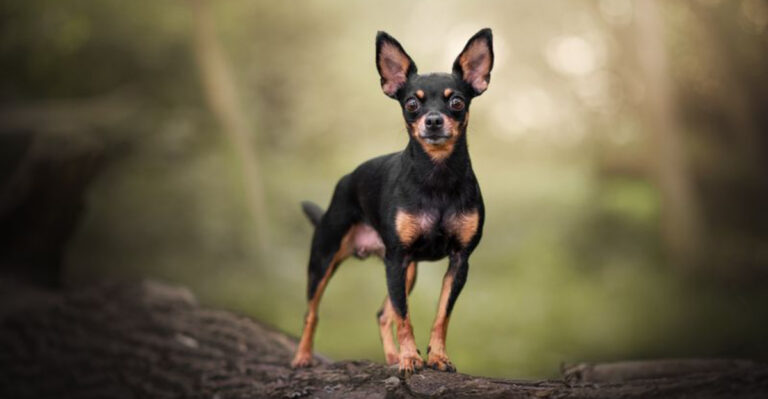Feral Hogs Are A Growing Menace In The U.S.
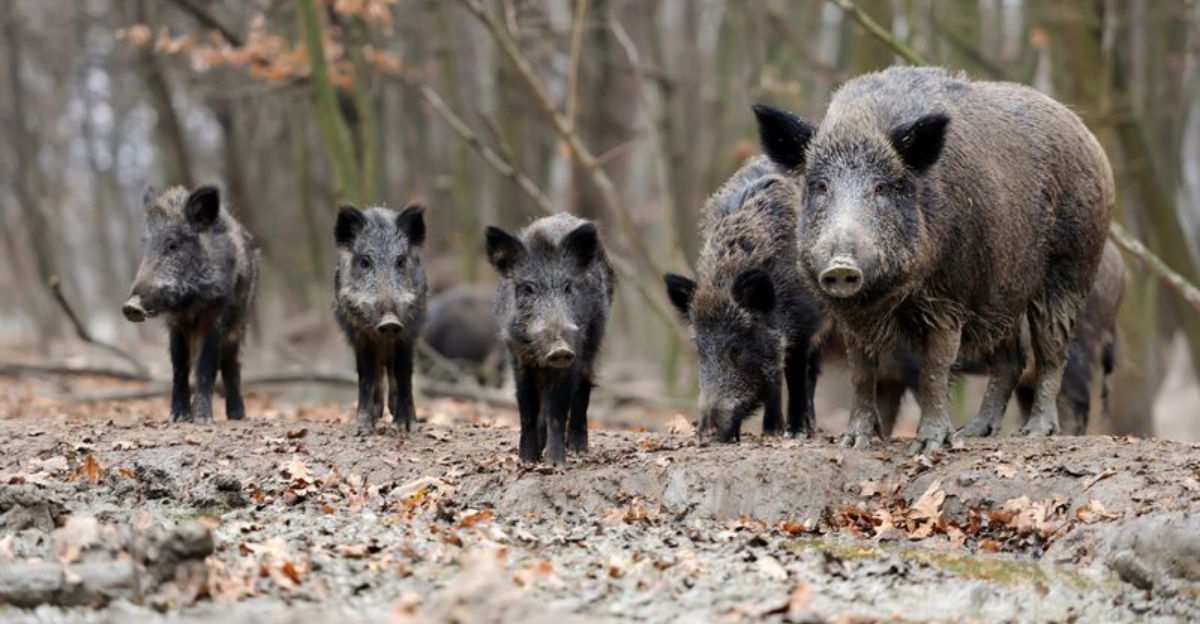
The United States is grappling with an escalating problem: the rampant spread of feral hogs. These creatures, often underestimated, are causing havoc across rural and urban landscapes alike.
Their increasing numbers and destructive habits present a serious threat to agriculture, ecosystems, and even public safety.
Today, we’ll delve into the multifaceted challenges posed by these wild swine, exploring their impact, behaviors, and potential solutions.
1. Destructive Agricultural Impact
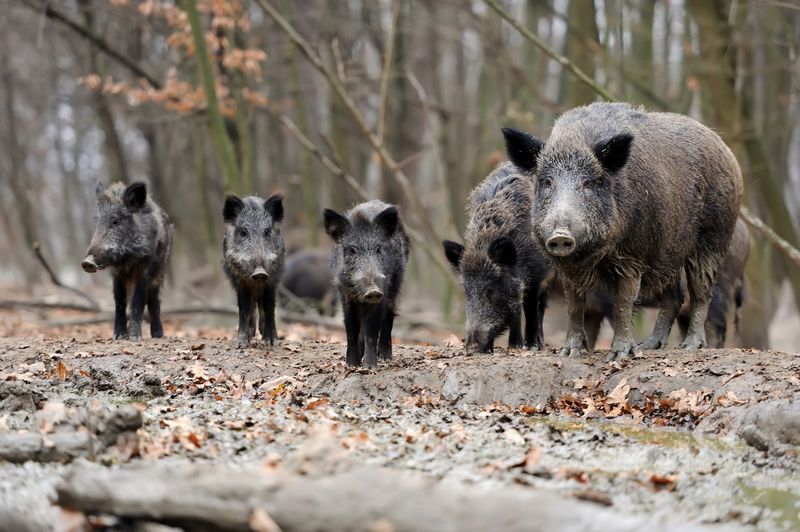
Feral hogs are notorious for their destructive behavior, especially concerning agriculture. These animals can decimate entire fields overnight, leaving farmers with devastating losses.
Their strong snouts are adept at rooting through soil, uprooting crops in search of food. This behavior doesn’t just ruin one season’s efforts; it jeopardizes future yields by disturbing the soil structure and compacting it. Moreover, feral hogs are not picky eaters.
They consume a wide variety of crops, ranging from corn and soybeans to rice and even peanuts. This voracious appetite results in a direct economic impact on farmers, who have to deal with the financial burden of replanting and repairing damaged areas.
Crop insurance might cover some losses, but it often falls short of covering the full extent of the damage. Beyond the immediate destruction, these animals contribute to broader ecological disturbances.
By disturbing the soil, they indirectly promote the growth of invasive plant species, which can further hinder a farmer’s efforts to maintain healthy crop production.
The presence of feral hogs also leads to increased labor costs, as farmers must implement additional measures such as fencing or employing hunters to manage hog populations.
2. Ecosystem Disruption
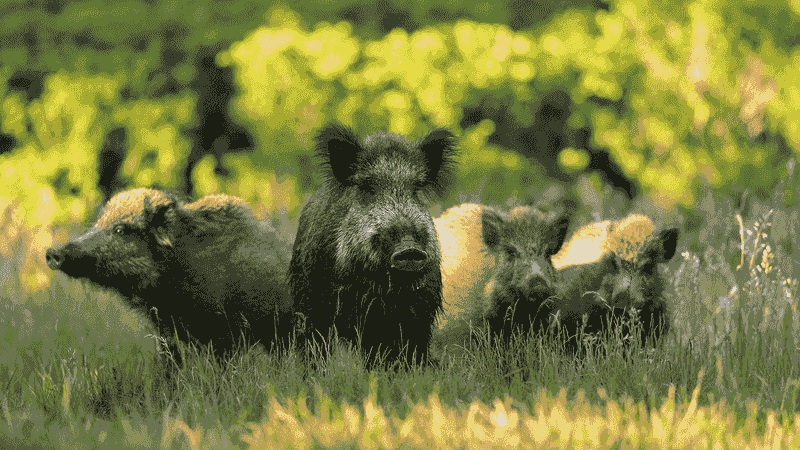
Feral hogs are more than just a nuisance to farmers; they pose a significant threat to natural ecosystems. These animals are highly adaptable and can thrive in various environments, from forests to wetlands.
Their rooting activities lead to soil erosion, which in turn disrupts the delicate balance of these ecosystems. As they uproot vegetation, feral hogs destroy habitats for native species, leading to a decline in biodiversity.
The loss of plant cover can also result in increased runoff and sedimentation in nearby water bodies, affecting water quality and aquatic life.
This chain reaction can have lasting impacts on local wildlife populations, some of which may already be endangered or threatened.
The presence of feral hogs also affects the food chain. By consuming ground-nesting bird eggs and small mammals, these omnivorous creatures directly compete with native predators for food.
This competition can lead to a decrease in native predator populations, further disrupting the ecosystem.
Efforts to control feral hog populations through hunting and trapping are ongoing, but these measures require significant resources and community cooperation.
3. Public Safety Concerns
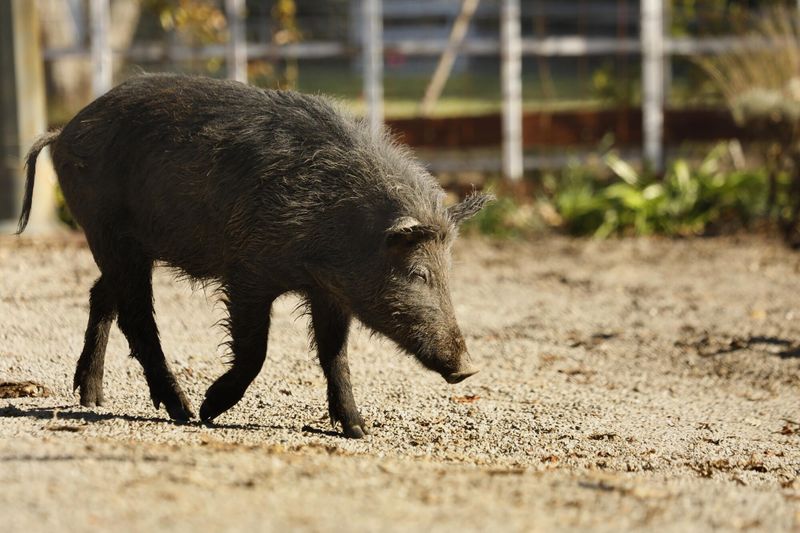
Feral hogs are increasingly venturing into suburban and urban areas, posing a direct threat to public safety. These animals are not only aggressive when threatened, but they can also carry diseases that are transmissible to humans and pets.
Encounters with feral hogs in populated areas are becoming more common, leading to concerns about attacks and property damage. The diseases these hogs can carry include swine brucellosis and pseudorabies, both of which pose significant health risks.
Swine brucellosis, for example, can be transmitted through direct contact or consumption of undercooked meat, leading to flu-like symptoms in humans. Pets are also at risk, as they can contract diseases from hogs through bites or scratches.
In addition to health concerns, the physical presence of feral hogs in residential areas leads to property damage. These animals are capable of tearing up lawns, gardens, and even small structures in search of food.
Homeowners are left with costly repairs and the constant fear of future hog invasions. Local governments are tasked with finding solutions, often resorting to public awareness campaigns and controlled hunting to reduce the risks associated with these unwelcome visitors.
4. Economic Impact Beyond Agriculture
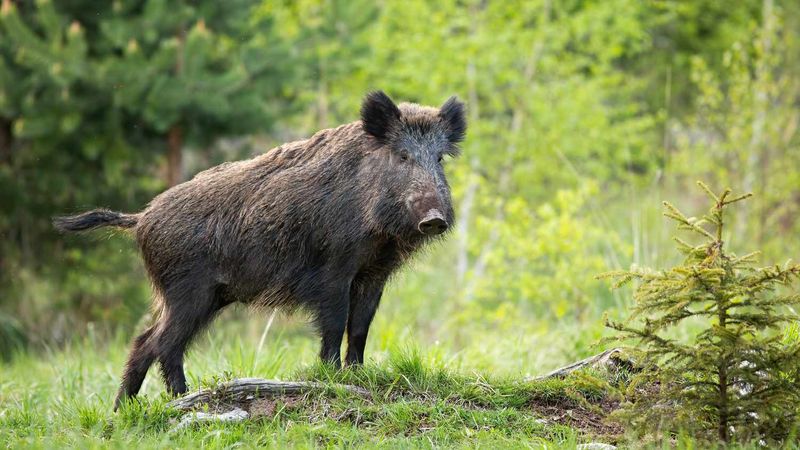
Beyond the immediate impact on agriculture, feral hogs have significant economic consequences. The costs associated with controlling and mitigating hog damage are substantial.
This includes expenses related to wildlife damage control programs, property damage repairs, and the loss of tourism revenue due to the decline in wildlife viewing opportunities.
The spread of diseases transmitted by hogs can also have significant economic impacts on the livestock industry, leading to losses due to illness and reduced productivity. These economic burdens fall on farmers, landowners, and taxpayers, highlighting the need for comprehensive and effective management strategies.
5. The Role Of Human Behavior
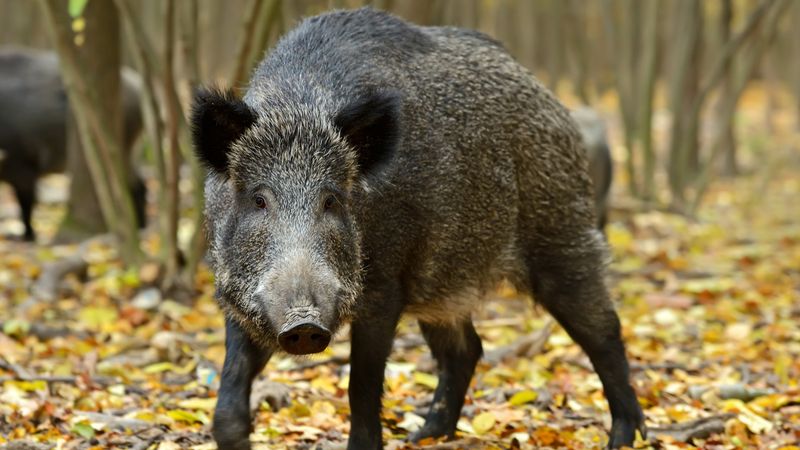
Human activities have played a significant role in the proliferation of feral hogs. Intentional releases of hogs for hunting purposes, as well as accidental escapes from farms, have contributed to their widespread distribution.
The lack of natural predators in many areas has further facilitated their rapid population growth. Understanding the human factors that contribute to the feral hog problem is crucial for developing effective solutions.
This includes educating the public about the dangers of releasing hogs into the wild and implementing stricter regulations on hog farming practices. By addressing the human element, we can take a more proactive approach to preventing the further spread of these invasive animals.

